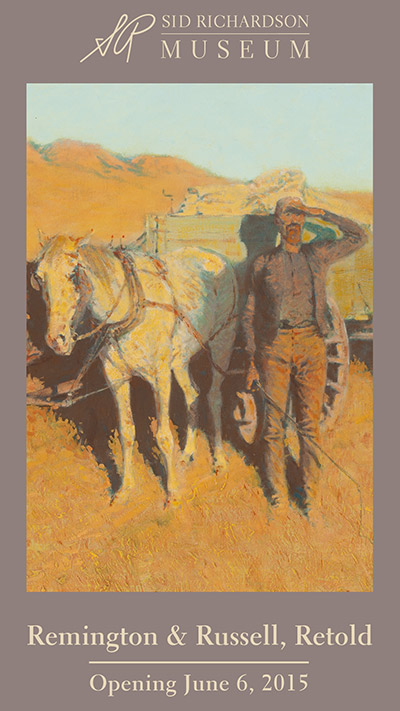
Bringing to life unforgettable characters and recalling significant events have always been fundamental tasks that the artistic imagination has addressed. In Remington & Russell, Retold, native peoples, explorers, mountain men, buffalo hunters and soldiers are participants in such events as the Lewis and Clark Expedition, the Oregon Trail, and the Indian Wars, presenting a narrative of the 19th-century American West via 38 paintings by the preeminent storytellers of the American West, Frederic Remington (1861-1909) and Charles Russell (1864-1926).
Unfolding largely in chronological order of the year the artworks were completed, the paintings in Remington & Russell, Retold span 22 years of Remington’s career (from age 25 until his death at age 48) and 37 years of Russell’s career (age 21 – 58), bridging a combined period of the artists’ lives from 1885-1922.
When works by these two contemporaries are presented “shoulder to shoulder,” it is inevitable to reflect on the similarities and differences in their backgrounds, subject matter, points of view, styles and techniques. Remington and Russell certainly were compared during their lifetimes by the public and the press, and they still are being compared today.
Both were writers, illustrators, painters and sculptors, each producing in excess of 3000 works of art in his lifetime. Remington enjoyed a national reputation, while Russell had a loyal regional following. Though they are joined in the public’s mind as being responsible for creating America’s vision of the Western frontier, theirs was not a singular vision. Russell’s interpretation of the conflict between American settlers and native peoples favors the Indian perspective, while early works by Remington regard the Indian as savage.
While there is no documentation that the two artists ever met, it is certain they were aware of each other’s work. As recalled by his nephew, Austin Russell, Charlie Russell once said, “I bet that years from now when some art critic compares our pictures…what he’ll notice is that Russell and Remington saw the same country but not the same colors, and that’s all a difference of light.”

Charles M. Russell, Western Scene (The Shelton Saloon Painting), c. 1885, Oil on wood panel, 17 1/2 inches x 69 inches
Early, mid-career and mature works of both artists are included in Remington & Russell, Retold. Of note is Western Scene, one of Russell’s first commissioned paintings, and four mid-career watercolors (each reproduced in its day in either magazines, calendars or commercial products), among them the 1908 First Wagon Tracks, last displayed in the Museum in 2005. In later works, Russell stayed true to themes he approached at a young age, and he reuses subjects and successful arrangements of figures, but with more depth and intense colors. Remington’s early days as an artist correspondent are represented in two 1886 watercolor field sketches of Buffalo Soldiers, The Ambushed Picket and The Riderless Horse. His career development as an illustrator is demonstrated in two grisailles (black-and-white oils) from 1891 to 1901, and 10 works from the last five years of his life—five dazzling sun-struck paintings and five nocturnes— representing his late career when he has abandoned his concern with detail and pared his compositions down.
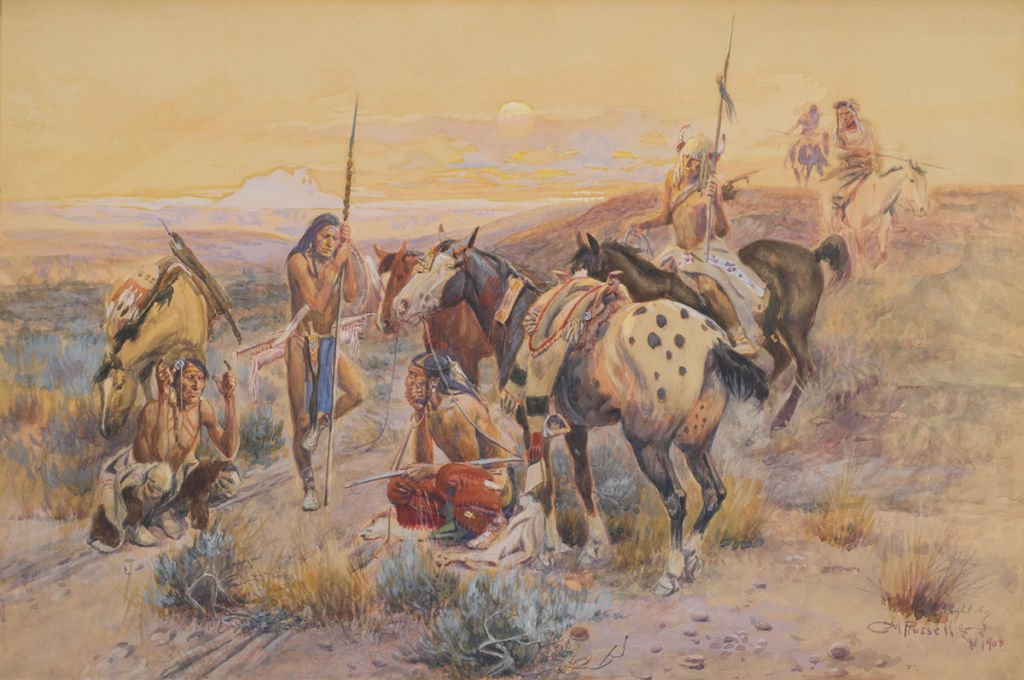
Charles M. Russell | First Wagon Trail (First Wagon Tracks) | 1908 | Pencil, watercolor and gouache on paper | 18 1/4 x 27 inches
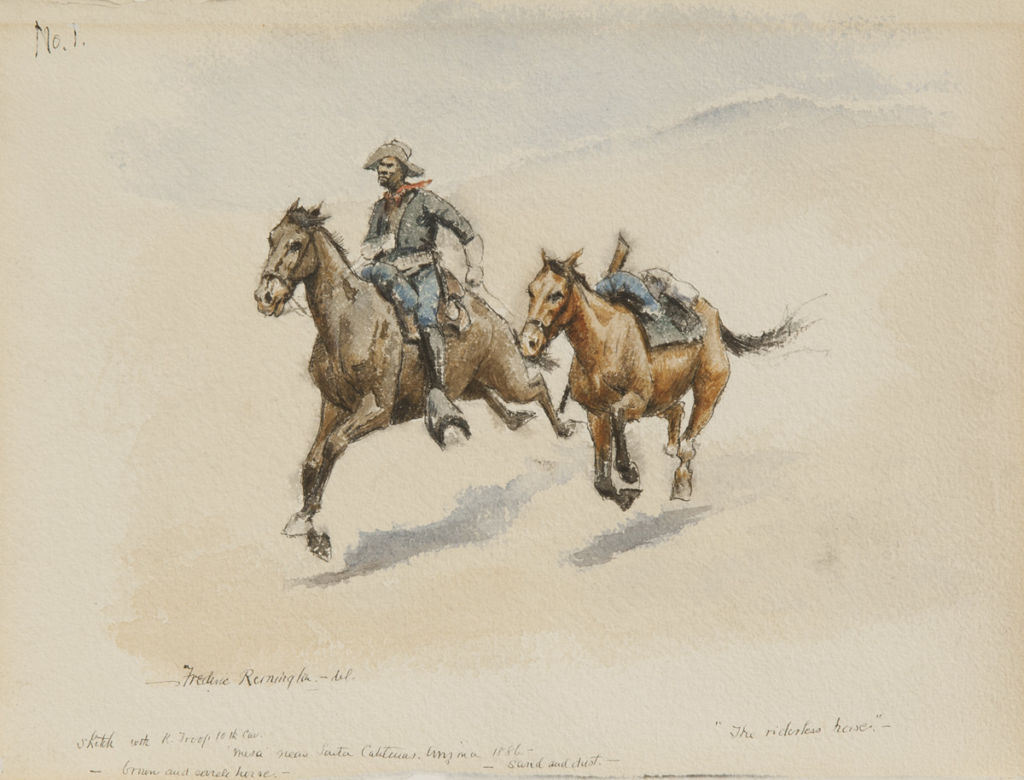
Frederic Remington | The Riderless Horse | 1886 | Pencil, pen & ink, watercolor on paper | 7 7/8 x 11 7/8 inches
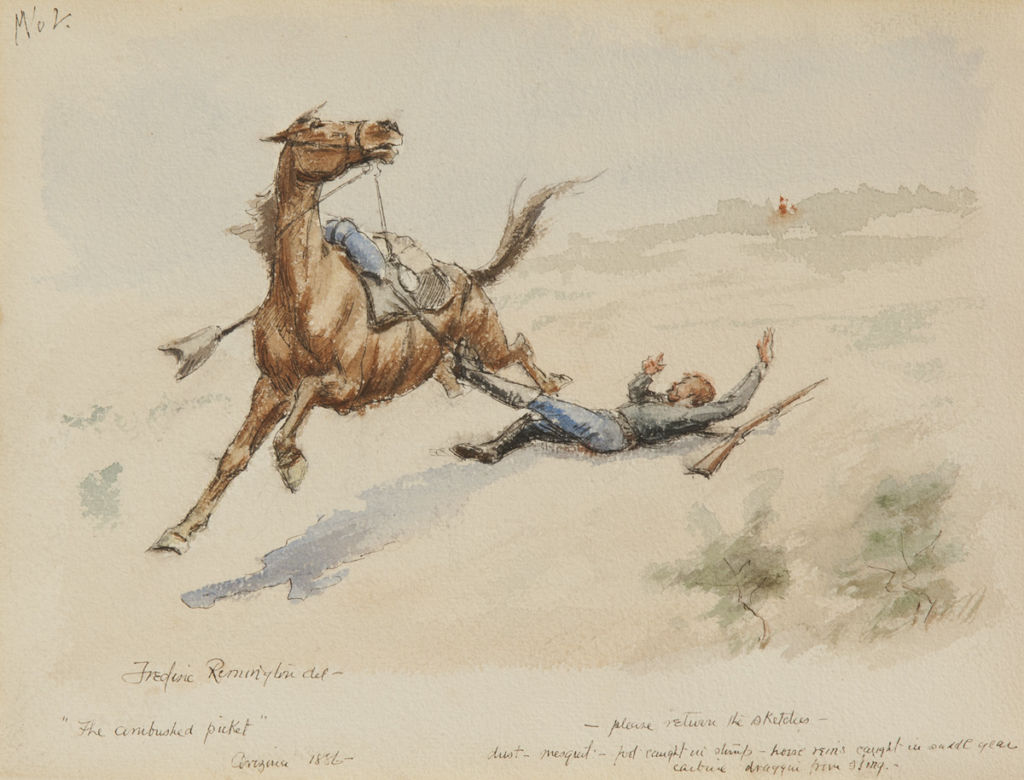
Frederic Remington | The Ambushed Picket | 1886 | Pencil, pen & ink, watercolor on paper | 9 x 11 7/8 inches
This reconsidered pictorial survey of the exploration of the American West is as revealing about the collector as it is of the two artists who created these works. When one considers that all but four of the paintings on display (The Dry Camp, Among the Led Horses, The Love Call, and The Apaches!) were acquired by Sid Richardson, a successful oil wildcatter, it would appear that he felt a kinship with the risk-takers who won the untamed West, less so with the pioneers who settled it. Save for the occupants of the little town of Utica [A Quiet Day in Utica], there is not a painting of a homesteader family or a prairie home to be found.
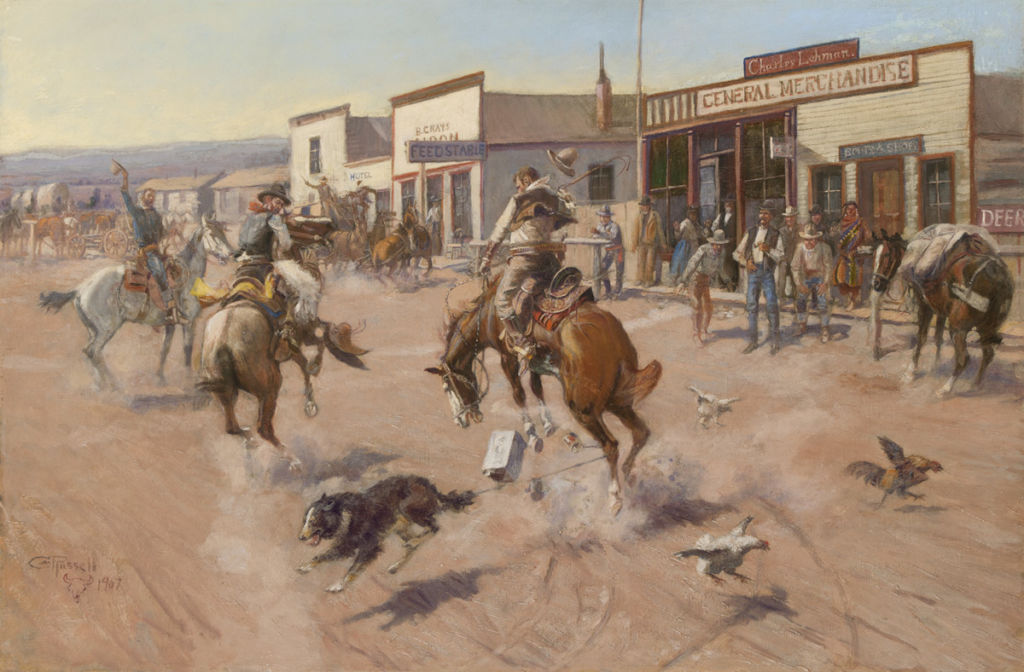
Charles M. Russell, Utica (A Quiet day in Utica), 1907, Oil on canvas, 24 1/8 x 36 1/8 inches
Still, these are stories we like to “read” today.



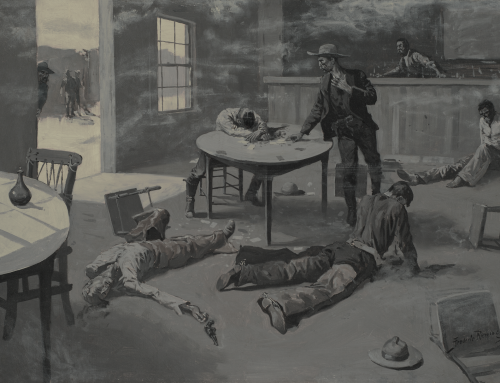
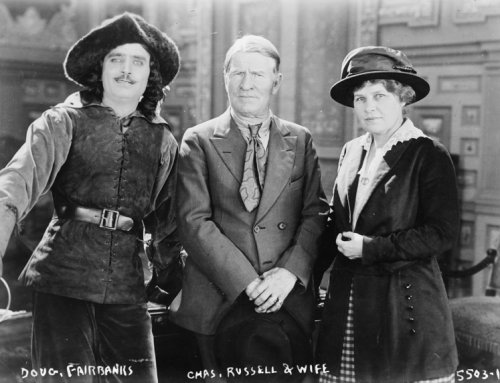
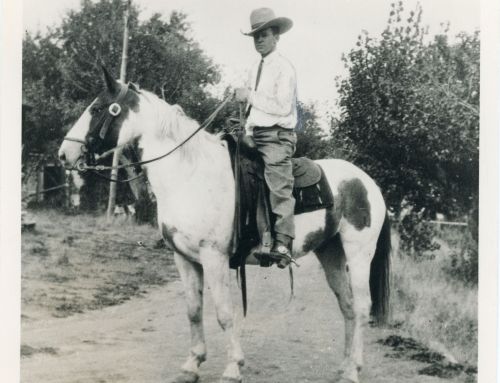
Leave A Comment